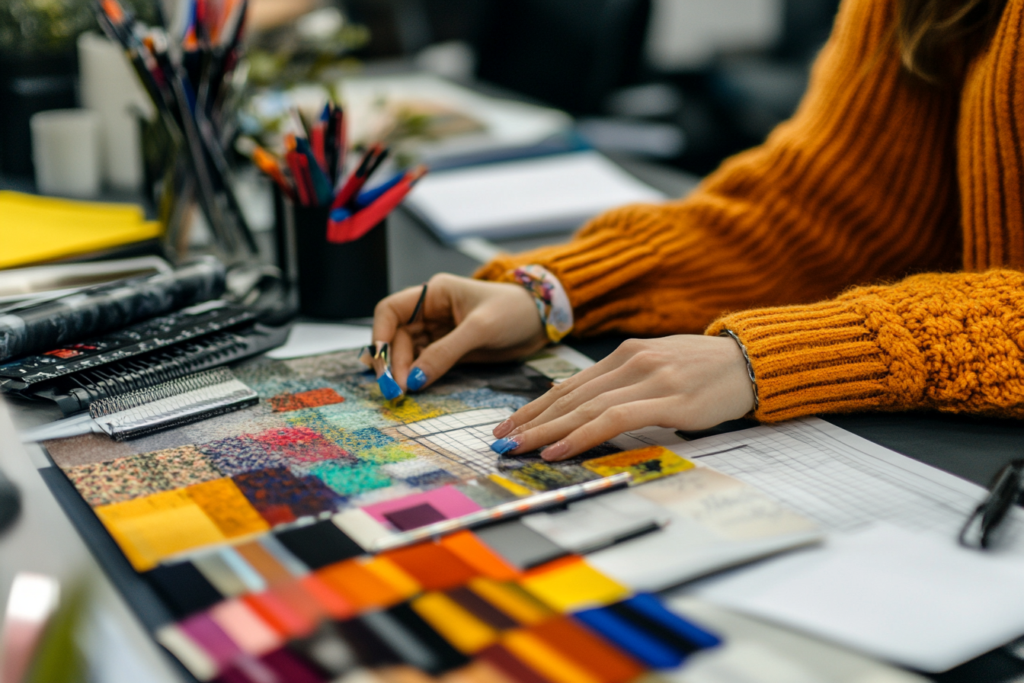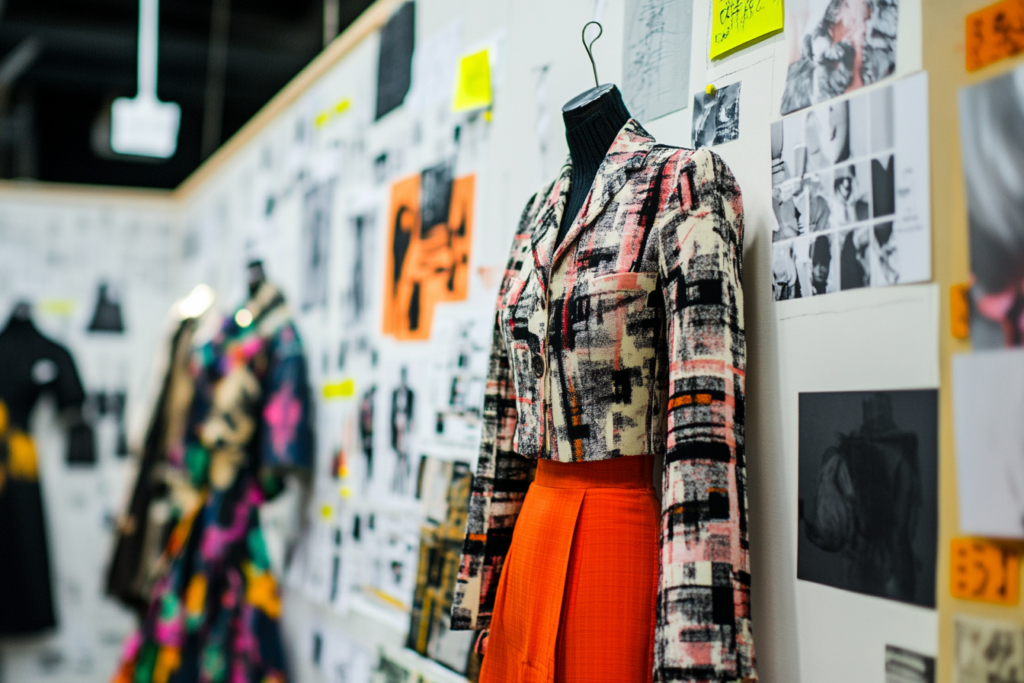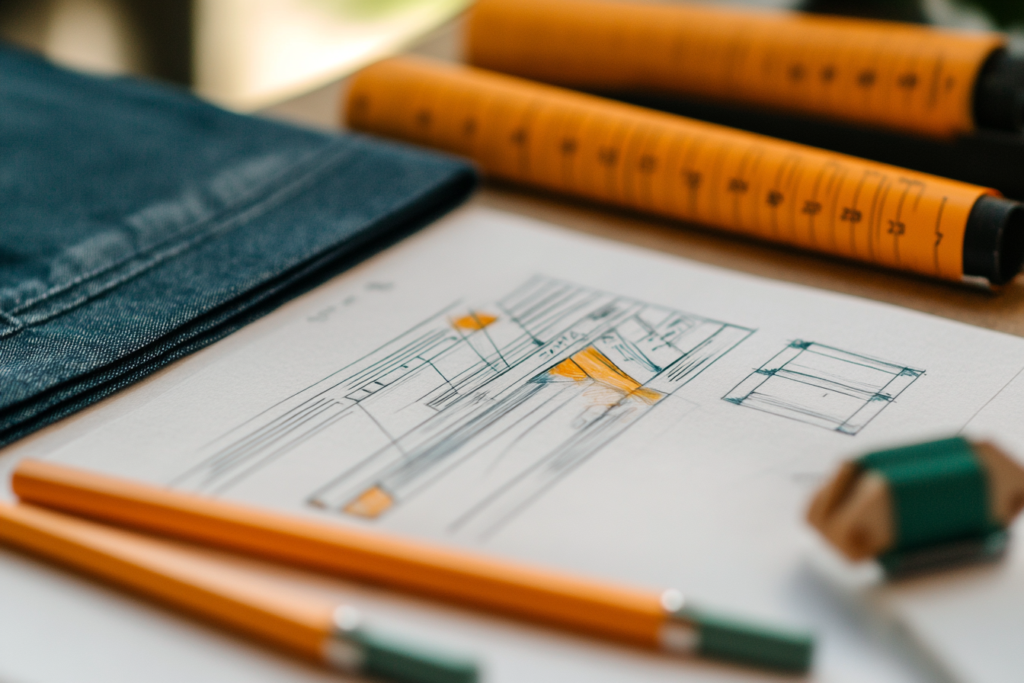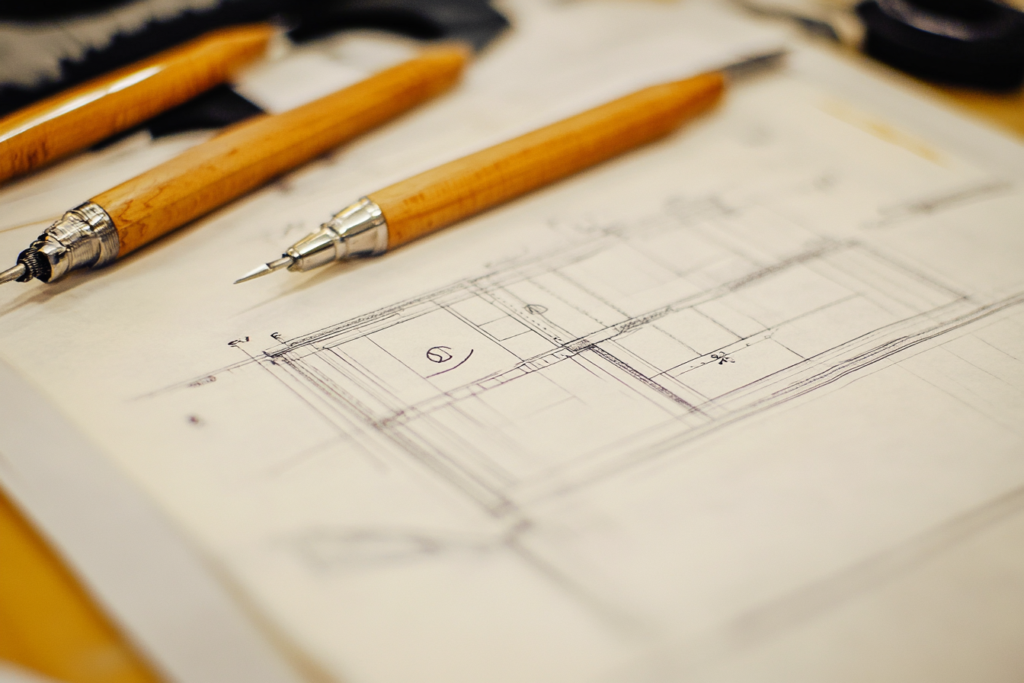Design Tools: Harnessing Forecasting and Trend Insights for Fashion Success
In the fast-paced world of fashion, staying ahead of trends is crucial for success. Design tools, including forecasting companies and fashion trend reports, provide designers with valuable insights to predict trends 18 to 24 months in advance. These tools help fashion brands plan future collections, ensuring they remain relevant and competitive in the ever-changing market. In this article, we explore how forecasting companies, trend reports, and design planning tables play an essential role in the design process, and how these resources can inspire designers to create collections that align with both current and future consumer demands.


What Are Forecasting Companies?
Forecasting companies specialize in predicting color and fashion trends, offering a forward-looking perspective on what will dominate the fashion scene in the coming months and years. These companies collect data from a variety of sources, including:
- Runway Shows: The latest collections presented by designers at fashion weeks around the world.
- Street Style: Observations of fashion trends in everyday life.
- Pop Culture: Insights from movies, music, celebrities, and social media that influence fashion.
- Global Events: Political, economic, and cultural shifts that can impact style choices.
Fashion forecasting companies compile their research into trend reports that offer clothing brands a roadmap for designing collections that are aligned with future trends.
The Role of Forecasting in the Fashion Industry
Forecasting plays a critical role in design, helping fashion brands stay ahead of trends while meeting customer needs. Here’s how forecasting is typically used:
- Trend Prediction: Forecasting companies predict key trends, including colors, fabrics, styles, and silhouettes, that will dominate in the coming seasons.
- Design Inspiration: The insights gained from forecasting reports are used by designers to create new collections and product lines. This includes choosing fabrics, colors, and design elements that are expected to be popular.
- Brand Alignment: Forecasting helps brands stay true to their identity while also evolving with the market’s changing tastes. This balance ensures that brands stay relevant while maintaining their core style.
Design Planning Tables: The Blueprint for Success
A design planning table is an essential tool for any fashion company. It serves as a roadmap for the design process, helping designers and fashion consultants track color stories, trends, and other elements that shape the final collection. The design planning table often includes:
| Component | Description | Icon |
|---|---|---|
| Color Story | A set of colors chosen for the season that reflect the trends forecasted for the upcoming season. | 🎨 |
| Fabric Selection | Fabrics selected based on forecasted trends, ensuring the collection feels current and relevant. | 🧵 |
| Trend Insights | Key trend predictions that help shape the collection, such as silhouette, prints, and overall themes. | 🔮 |
| Accessories | Items like buttons, zippers, trims, and embellishments that complement the garments. | ⚙️ |
| Timeline | A schedule outlining design milestones and delivery dates for the collection. | 🗓️ |
These elements are discussed in detail during design meetings, where designers collaborate with fashion consultants to ensure the collection is in line with market expectations.
Internal Libraries: A Source of Inspiration
Many clothing companies maintain internal libraries filled with valuable resources to help inspire and guide the design process. These resources include:
- Magazines and Newspapers: Publications that highlight current trends and events influencing the fashion industry.
- Trend Reports: Detailed reports from forecasting companies that outline the coming season’s key trends.
- Fabric Color Cards: Physical or digital samples of fabric colors that are expected to be popular in the upcoming seasons.
- Accessories and Buttons: A selection of materials and embellishments used to complement designs, providing inspiration for finishing details.
Designers and fashion consultants use these resources to refine their collections, ensuring they are not only up-to-date with current trends but also forecasted ones.
How Forecasting Companies and Design Tools Impact the Fashion Industry
Fashion forecasting companies and design tools help create a seamless transition from trend prediction to product design. Here’s how they work together:
- Predicting Future Trends: Forecasting companies provide designers with detailed trend reports that predict colors, fabrics, and silhouettes for the next 18 to 24 months.
- Design Development: Armed with this information, designers create mood boards, sketches, and prototypes that reflect the forecasted trends.
- Testing & Validation: After developing the initial designs, companies often use customer feedback, focus groups, and sales data to refine their collections.
- Market Launch: Finally, the collection is produced and launched in stores or online, meeting the needs of consumers who are looking for both innovation and consistency with trends.
This process ensures that each collection is aligned with what customers are likely to buy in the near future, maximizing sales potential and brand relevance.
Design Process
Here are some essential icons used in the design process, highlighting key tools used by fashion brands:
| Icon | Description |
|---|---|
| 🎨 | Color Selection: Choosing the right color palette is essential for aligning with future trends and brand identity. |
| 🧵 | Fabric Selection: Forecasted fabric trends dictate texture, weight, and type of fabric to be used in the collection. |
| 🔮 | Trend Forecasting: Predictions for next season’s trends, providing valuable insights for design decisions. |
| ⚙️ | Accessories and Details: Buttons, zippers, and embellishments are selected to enhance the design and overall look. |
| 🗓️ | Timeline: Planning out the design schedule ensures that every milestone is met before launch. |
The Essential Role of Design Tools in Fashion Success
Designing successful collections requires a deep understanding of trends, consumer needs, and market predictions. Fashion forecasting companies, design planning tables, and internal libraries provide the necessary tools for designers to create garments that are not only on-trend but also aligned with their brand’s identity and the desires of their target market.
By incorporating these design tools into their process, clothing companies can ensure they remain competitive, relevant, and ready to meet the demands of their customers. Forecasting companies and their trend reports help provide the roadmap for success, and by utilizing these resources effectively, designers can craft collections that truly resonate with consumers.




